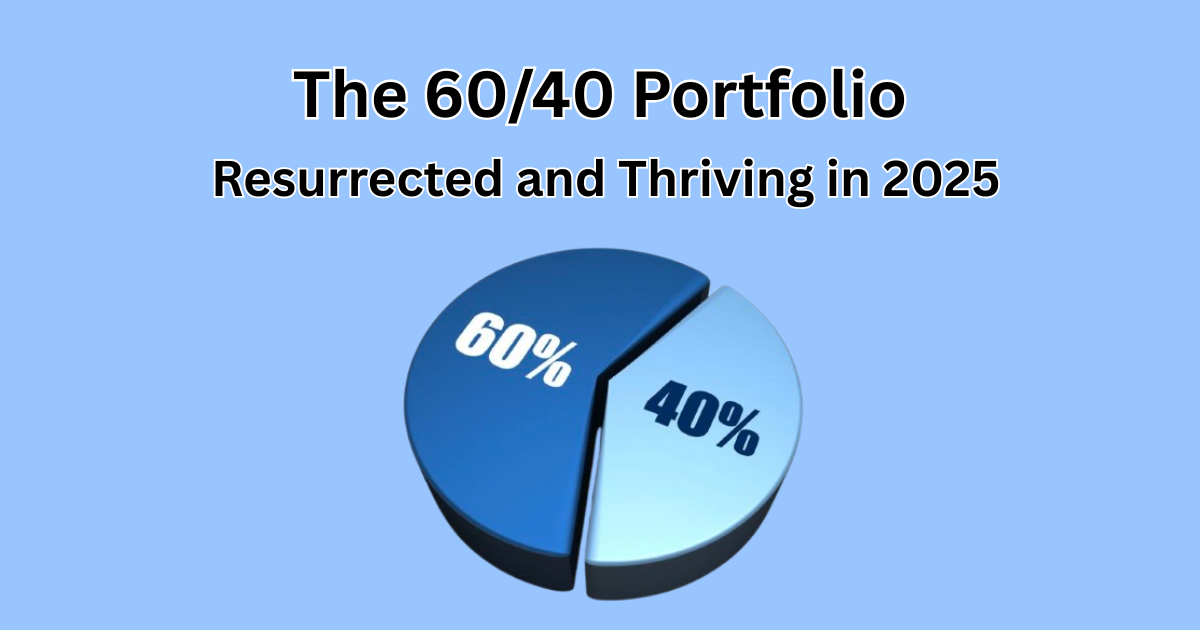
Welcome to The Profit Zone 👋
Where 12,700+ millionaires, CEO’s and high-performing entrepreneurs read the #1 financial newsletter on the web.
Happy Monday!
Let’s start the week off strong.
The agenda for today:
👉 Palantir lands yet another contract
👉 8 Rules of Thumb every investor should know
👉 Pre-market briefings curating news from Wall Street to Silicone Valley in 5 minutes or less

"The time of maximum pessimism is the best time to buy, and the time of maximum optimism is the best time to sell."
Headlines Making Noise: Keeping You Informed and Empowered 📝💡
Palantir (PLTR) is on the move again.

Earlier in June, Argus Research analyst Joseph Bonner initiated a BUY rating on the company with a price target of $29, stating momentum around the companies commercial business.
Joseph noted that Palantir has significantly improved its profitability and cash flow.
To add fuel to the fire, Palantir inked yet another contract with Voyager Space to integrate their AI tools within the enterprise.
This partnership will enhance Voyager’s defence and commercial solutions, leveraging Palantir’s experience with the Department of Defence (DoD) and its software to optimize data processing for flight and testing, ensuring smoother operations.
Palantir is due to report earnings in early August.
The company is expected to report earnings of 8 cents per share and revenue of $652.139 million, according to Benzinga.
The stock is up 16.84% in the last month, will this rally continue?

DD’s Take: Palantir continues to grow its Annual Recurring Revenue (ARR) via commercial contracts. The future is bright as it leverages its AiP Bootcamps to continue showcasing the power of its software. We cover this company in depth inside The Profit Zone Premium and it’s on our hot stocks to watch in July list.
Upgrade here to make sure you don’t miss the latest news, along with 4 other stocks that offer solid growth opportunities.
Disclaimer: the author has a long position in Palantir (PLTR). This is not financial advice. Please do your due dilligence.
8 Rules of Thumb Every Investor Should Know
Investing can get confusing when you don’t know exactly what you should be doing.
Like driving a car, there are a few rules of thumb we can follow to make sure we’re not making any vital mistakes.
For example, we’re all taught that we should leave enough space between ourselves and the car in front of us (2 cars length or 3-second rule) to be able to stop safely.
We’re also taught to look over our shoulders and check our blind spots before changing lanes, even if we don’t see a car in the side mirror.
These are rules of thumb that keep us safe.
And they exist within the realm of investing as well.
Let’s get into it.
1) Rule of 72

We wall want our money to double and to do it in the shortest amount of time.
Calculating the number of years in which it would take your money to double is easy with the Rule of 72.
Here’s how it works:
Take the number 72 and divide it by your average rate of return (or targeted rate of return).
Being conservative, lets use a 10% average annual return.
This would mean it would take 7.2 years for your money to double at this rate.
72 / 10% = 7.2 years
2) Rule of 114
Similar to the rule of 72, however, this rule will calculate how long it will take your money to triple in value.
If we keep the same 10% average annual return, it would take 11.4 years for your money to triple.
3) Rule of 144
Finally, we have the rule of 144, which calculates how long it will take your money to 4x.
Again using the same 10% average annual return, your money would 4x in 14.4 years.
4) 10,5,3 rule

The 10,5,3 rule is a common rule of thumb for figuring our how to diversify your portfolio.
It suggests that your expected rate of return should be as follows:
10% from equities
5% from bonds
3% from cash
By following this rule, you can spread your risk across different asset classes and investment types and have benchmark returns for each allocation.
This rule of thumb also helps set realistic expectations for returns. Higher-risk investments offer a higher potential for returns but also come with higher volatility.
Keep in mind that there are tons of factors that can impact this rule and its not a guaranteed predictor.
Do you want pre-market briefings that curate major news from Wall Street to Silicon Valley in a neat 5-minute read?
Then you’re going to love Market Briefing. Join execs from Plaid, Goldman Sachs, BofA, Merrill Lynch, and more.
Cancel anytime.
Here’s what readers are saying:

5) 100 minus age rule

The 100 minus age rule is another asset allocation rule that suggests 100 minus your age is the percentage of equities you should hold with the balance going into lower-risk assets like bonds or index fund ETFs if you’re a younger investor and don’t want to give up too much exposure to potential growth.
For example, if you’re 25 years old, your portfolio would look like this:
100 - 25 years = 75%
75% in equities (stocks)
25% in bonds/ETFs
The idea is that as you get older and closer to retirement and to preserve your purchasing power, your portfolio should transition into less risk, meaning a heavier allocation to lower volatility assets like bonds.
6) 30x Annual Expenses
If you’re investing for retirement, this rule is for you.
To comfortably retire, this rule suggests that you need 30x your annual expenses.
For example, if you spend $100,000/year, you would need about $3 million in retirement to live comfortably.
As mentioned before, these are rules of thumb to aim for but can change depending on your situation.
7) The 4% Rule

Investors and financial advisors have relied on Bill Bengen’s rule of thumb when it comes to sustainable withdrawal rates.
In other words, the rate at which you can withdraw your retirement savings without running out of money before you leave this earth.
Bengen found that setting a withdrawal rate of 4% of your portfolio’s starting value and then adjusting each year’s withdrawal rate for inflation has historically never fully depleted a portfolio’s value, even during some of the worst recessions in history.
8) The Net Worth Rule
This rule is a simple measurement of how wealthy you are right now, with regard to your age and gross income.
Here’s how it works:
Take your gross annual income and multiply it by your age. Take that number and divide by 10.
If your current net worth is above that number, you are considered to be “wealthy” as per the rule.
For example:
If you make $60,000 per year and you’re 30 years old, your net worth should be above $180,000.
This rule can be misleading but can also be a good measurement for yourself based on your gross income.
We often compare our net worths to people who have much higher earning powers. This rule eliminates that and puts you in a class of your own against others who earn the same amount of money.
It can also be misleading since it takes into account gross income. Depending on where you live, your tax rate may be higher than others earning the same amount of money.
But it’s a good rule of thumb to use to see where you stand against others in your class.
See you in the next one!
Miss last weeks FREE newsletter? Read it below:

Did you enjoy this newsletter?

My Website - a one-stop shop for all things dividend investing.
Financial Domination - learn how to set up an effective budget, figure out your investor profile, use stock screeners and rebalance your portfolio without paying someone to do it for you.
The Complete Investors Accelerator Pack - everything you need to build a dividend portfolio that grows on itself. Learn more about dividend investing, how to analyze dividend stocks, what to do with your dividends and how to build a stream of passive income through the stock market.
Beehiiv - sign up for Beehiiv and start your own newsletter today.
TweetHunter - let the software do the tweeting for you. The only scheduler you’ll ever need. This tool makes me money in my sleep. Give it a try for free.





